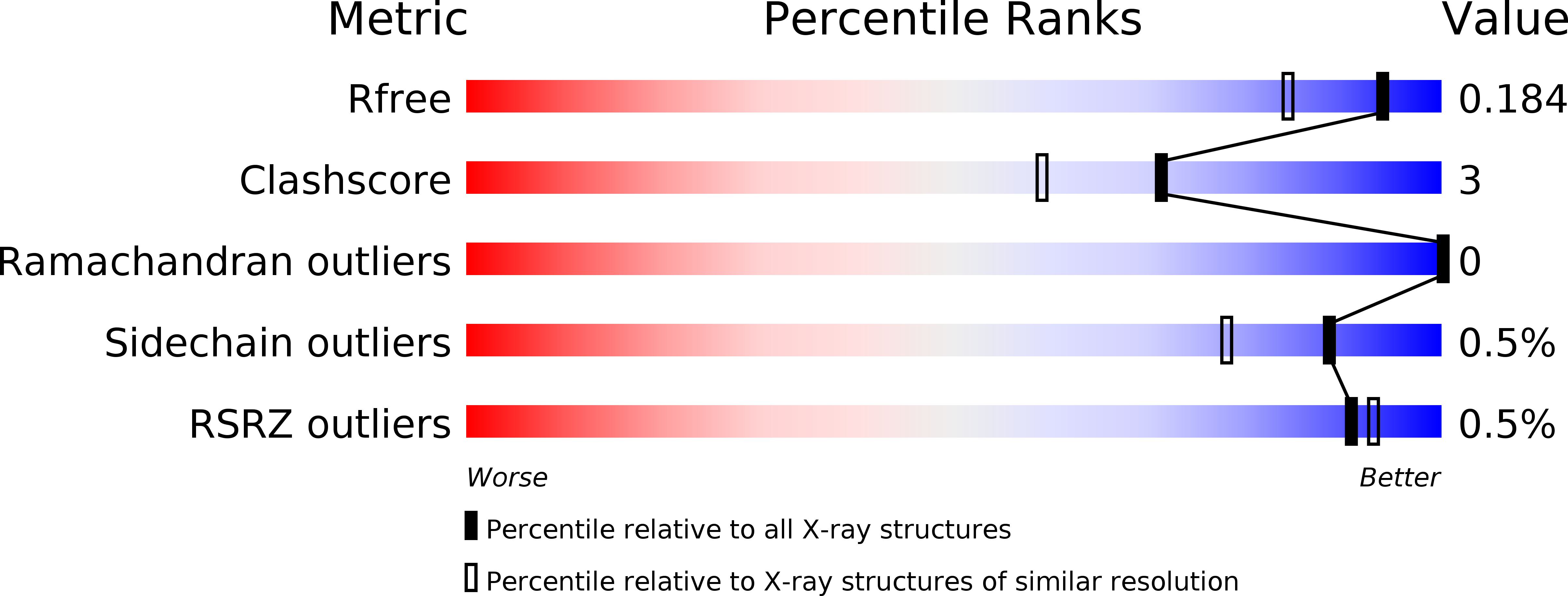
Deposition Date
2017-04-27
Release Date
2018-03-07
Last Version Date
2024-10-09
Method Details:
Experimental Method:
Resolution:
1.50 Å
R-Value Free:
0.18
R-Value Work:
0.16
R-Value Observed:
0.16
Space Group:
P 21 21 21


